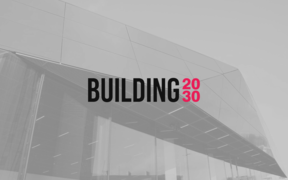Performance in building design and construction

Industrial research impact
The sector has a key role in the economies of both developing and developed countries. Some of the technological and process advances include modularization, industrialized construction, Internet of Things, Big Data, virtual design and construction and lean construction. Additionally, there has been a great increase in the importance of issues related to energy efficiency and indoor air quality (IAQ) in public and private buildings. The design and construction industry must change to harness the opportunity and to respond to the challenges. The mission of the research group is to come up with new knowledge to support the required transformation.
The research group includes a multidisciplinary group of seven professors related to various aspects of process and building performance. The team is uniquely positioned to respond to the opportunity because there are great synergies between the different disciplines which have not previously been exploited. Performance of buildings and building projects have not often been investigated holistically throughout the lifecycle of the building. Rather, earlier research generally focusses on one performance aspect at the time, during one phase of the construction process. Longitudinal research from inception to demolition, considering all performance aspects, has been neglected, although cohort studies have been very successful in other fields, such as medicine and psychology. The group plans to start longitudinal research on selected building projects, looking at all aspects of performance and how they are related to each other.
Building 2030
The Building 2030 project envisions, researches and promotes a better future of construction.

Latest publications
Ventilation effectiveness and incomplete mixing in air distribution design for airborne transmission
Gas evolution in self-extinguishing and insulative nanopolysaccharide-based hybrid foams
Automatic Operational Decision-Making on Construction Sites using Choosing by Advantages and Situational Awareness
Monitoring Design Buzz : A Visual BIM-Based Approach
Multiple discrete crack initiation and propagation in Material Point Method
A quanta-independent approach for the assessment of strategies to reduce the risk of airborne infection
VAV fan coil and demand controlled active chilled beam systems energy efficiency and thermal comfort performance comparison in a Japanese office building
Innovation meets institutions : AI and the Finnish construction ecosystem
Rakennusten energiatekniikka
Influence of detailed in-depth radiation modeling on the computational predictions of liquid pool burning rates
Research group members





- Published:
- Updated: